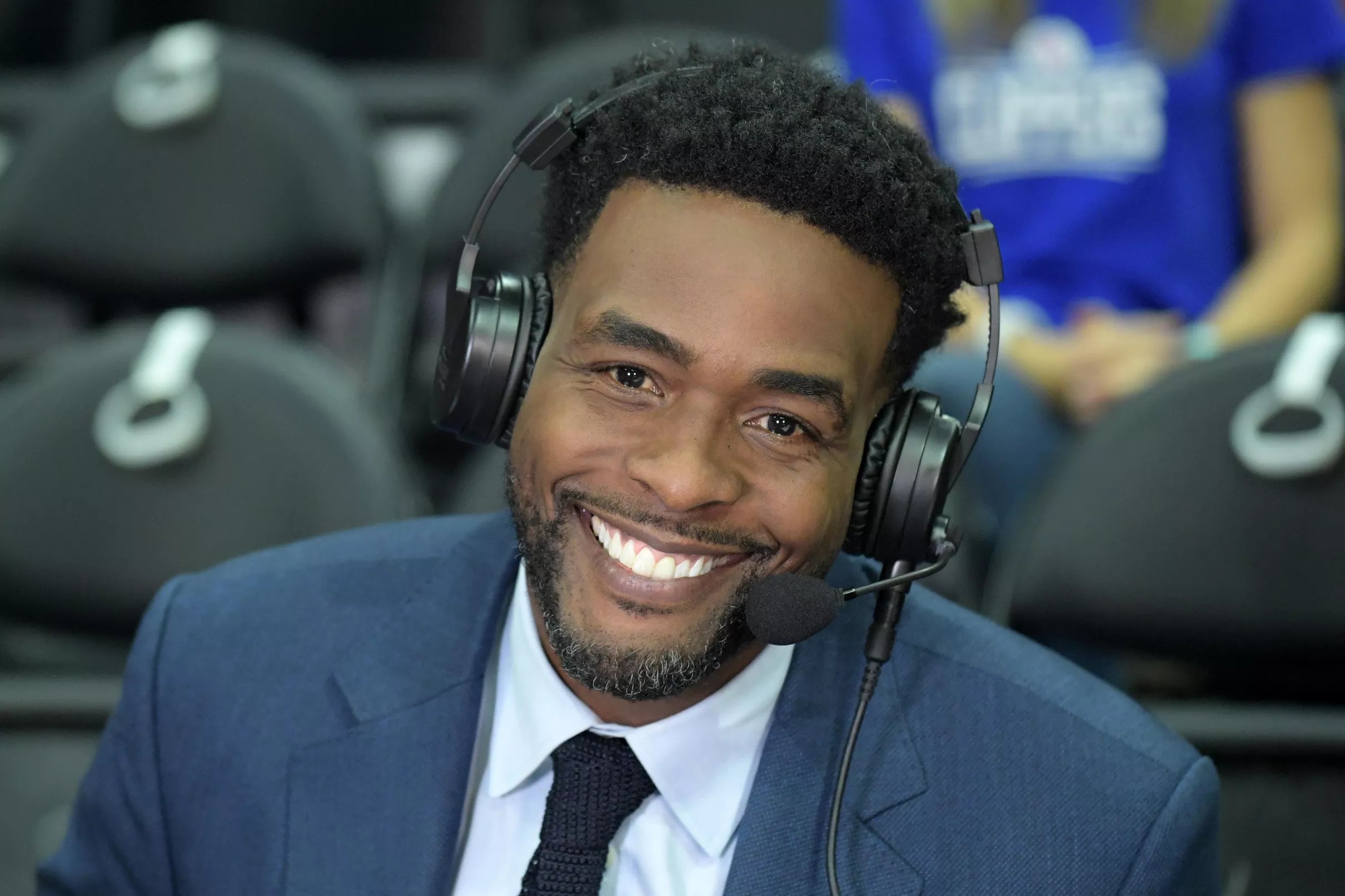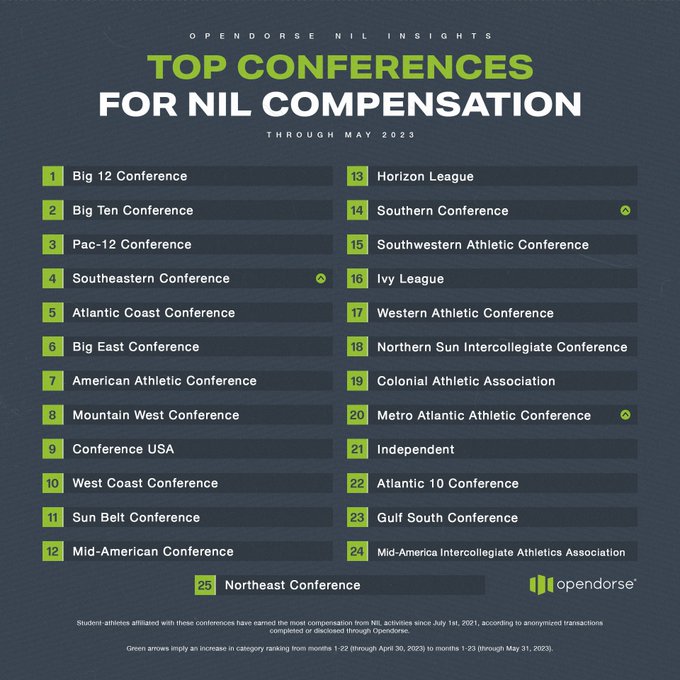You are using an out of date browser. It may not display this or other websites correctly.
You should upgrade or use an alternative browser.
You should upgrade or use an alternative browser.
The NCAA will allow athletes to profit from their name, image, and likeness
- Thread starter Dagerow
- Start date
Mavric
Yoda
Talk to an elite high school recruit a year ago, odds were some school had presented a million-dollar offer. The recruiting world was buzzing over five-star quarterback Nico Iamaleava’s $8 million deal with Tennessee. To win on the trail, lucrative NIL offers appeared to be the path to take.
A year later, those startling financial packages have dropped down to six figures, according to numerous sources On3 has interviewed in recent weeks. Almost nobody has heard of a seven-figure NIL package being signed in the 2024 recruiting cycle. The right five-star prospect can command a million-dollar agreement, yet spread out over three to four years.
...
“When it came out that Nico was making $8 million, it was over four years. He’s not making $8 million per year like a lot of people thought he was,” the recruit said. “That’s still a boatload of money. Just talking with some of the guys who have been in the transfer portal recently, that I know personally, and I’ve grown up with, they kind of told me that for quarterbacks, it’s in the six-figure category per year. Anywhere from like $100K to $500K, stuff like that. There’s a handful of guys that are getting a lot more. Those are a small percentage.”
...
Speaking with a number of collective operators spread throughout the country, it is clear there has become an unannounced tiered system. Programs are operating on vastly different budgets. The top-funded organizations aim to have a bankroll of $8 million for an 85-scholarship roster, multiple sources indicated to On3.
If distributed evenly, each player would earn a $94,117 salary. Very few are even operating in that stratosphere and none are dispersing the same amount of funds to each athlete. Positions like quarterback, linemen, wide receiver and defensive back are more valuable to collectives focused on roster building than running back or linebacker.
More collectives at the Power 5 level are operating in the $3 million to $6 million ballpark. Each is forced to devise different strategies to attack recruiting. Some have decided to just stop spending significant dollars on high school prospects altogether.
On3
gobiggergoredder
Active member
I could see clauses eventually that read something like, "by year 3 you're a starter" or "You'll get $100K if you're all conference".The right five-star prospect can command a million-dollar agreement, yet spread out over three to four years.
Of course we will never really know. It'd be nice if someone went all Project Veritas on this so we could see something.
admo
New member
One of my fav players ever.
NCAA placed a 10 year mandatory ban on him in 2003 from associating with Michigan.
He played in 1992-1993. Got $200, 000 from a booster. The entire fab five received $600k collectively.
Boosters have done this for decades, but now the NCAA gives these same things a name - NIL - and they are ok with it these days. Like, finally.

Amazing player, good kid, played hard, got some money from the boosters like a lot of kids did under the table........ had a nice NBA career...... called some NBA games as an analyst fairly well for TNT...... and when the 10 year ban was lifted, he finally got to set foot on Michigan campus after 2013. NCAA......and the courts.

My man, Chris Webber, from Detroit, took some money from a booster. Big deal. It was never an issue back then and it's perfectly ok today. The most talented high school kids are getting paid to commit to a school and it's all good Just don't ban them !
Just don't ban them !
NCAA placed a 10 year mandatory ban on him in 2003 from associating with Michigan.
He played in 1992-1993. Got $200, 000 from a booster. The entire fab five received $600k collectively.
Boosters have done this for decades, but now the NCAA gives these same things a name - NIL - and they are ok with it these days. Like, finally.

Amazing player, good kid, played hard, got some money from the boosters like a lot of kids did under the table........ had a nice NBA career...... called some NBA games as an analyst fairly well for TNT...... and when the 10 year ban was lifted, he finally got to set foot on Michigan campus after 2013. NCAA......and the courts.

My man, Chris Webber, from Detroit, took some money from a booster. Big deal. It was never an issue back then and it's perfectly ok today. The most talented high school kids are getting paid to commit to a school and it's all good
Mavric
Yoda
A year ago, financial packages played a significant role with quarterbacks. To land one of the top-ranked gun-slingers in the class, sources indicated the number was upwards of $750,000 annually. But those numbers were put on pause following this winter's news of Florida's Gator Collective voiding a $13.85 million contract with Jaden Rashada.
Almost nobody has heard of a seven-figure NIL package being signed in the 2024 recruiting cycle. The right five-star prospect can command a million-dollar agreement yet spread out over three to four years.
Link
BigRedBuster
Active member
Someone at the NCAA woke up from a two year depressed drunk and decided....."hey....let's try to have some sort of power again and see what happens."

